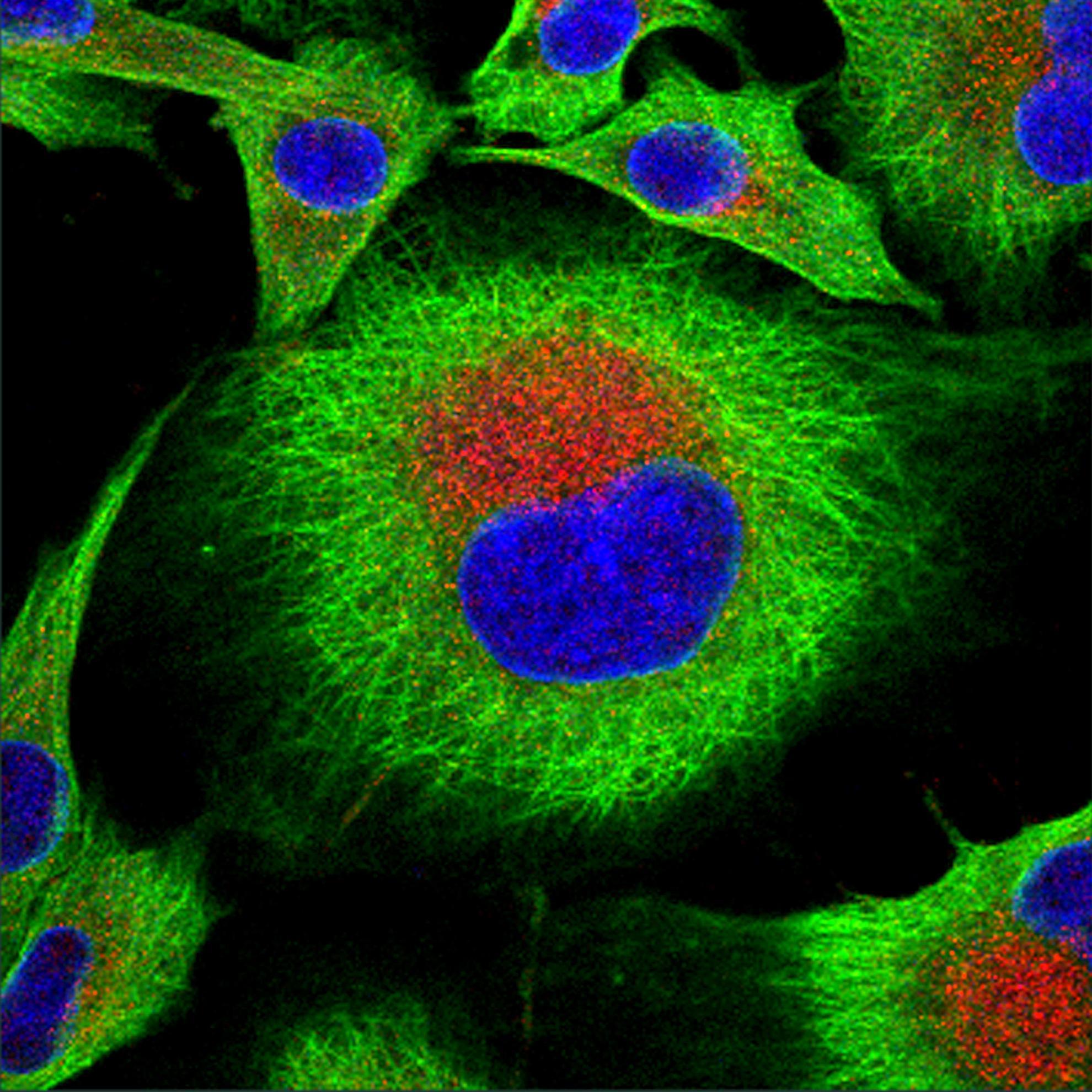Persistent infection of African buffalo (Syncerus caffer) with foot-and-mouth disease virus: limited viral evolution and no evidence of antibody neutralization escape
African buffaloes (Syncerus caffer) are the principal "carrier" hosts of foot-and-mouth disease virus (FMDV). Currently, the epithelia and lymphoid germinal centres of the oropharynx have been identified as sites for FMDV persistence. We carried out studies in FMDV SAT-1 persistently infected buffaloes to characterize the diversity of viruses in oropharyngeal epithelia, germinal centres, probang (oropharyngeal scrapings) and tonsil swabs, to determine if sufficient virus variation is generated during persistence for immune escape. Most sequencing reads of the VP1-coding region of the SAT 1 virus inoculum clustered around two subpopulations differing by 22 single nucleotide variants of intermediate frequency. Similarly, most sequences from oropharynx tissue clustered into two subpopulations, albeit with different proportions depending on the days post-infection (dpi). There was a significant difference between the population of viruses in the inoculum and in lymphoid tissue taken at 35 dpi. Thereafter, until 400 dpi, no significant variation was detected in the viral population in samples from individual animals, germinal centres and epithelia tissues. Deep sequencing of virus from probang or tonsil swab samples harvested prior to post mortem showed less within-sample variability of VP1 compared to tissue sample sequences analysed at the same time. Importantly, there was no significant difference in the ability of sera collected between 14 and 400 dpi to neutralise the inoculum or viruses isolated at later time points in the study from the same animal. Therefore, based on this study there is no evidence of escape from antibody neutralization contributing to FMDV persistent infection in African buffalo. Foot-and-mouth disease virus (FMDV) is a highly contagious virus of cloven hooved animals and is recognised as the most important constraint to international trade in animals and animal products. African buffaloes (Syncerus caffer) are efficient carriers of FMDV and it has been proposed that new virus variants are produced in buffalo during the prolonged carriage after acute infection, which may spread to cause disease in livestock populations. Here, we show that despite an accumulation of low frequency sequence variants over time there is no evidence of significant antigenic variation leading to immune escape. Therefore, carrier buffalo are unlikely to be a major source of new virus variants.


